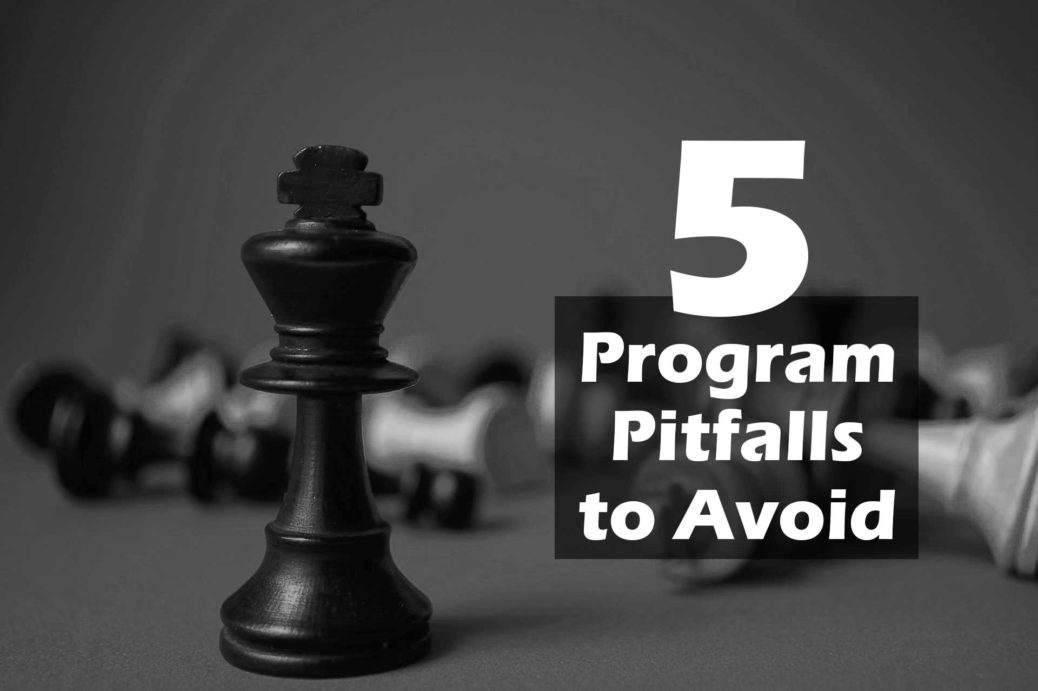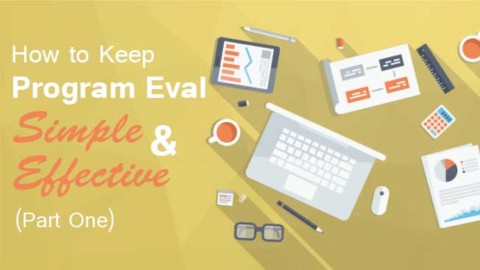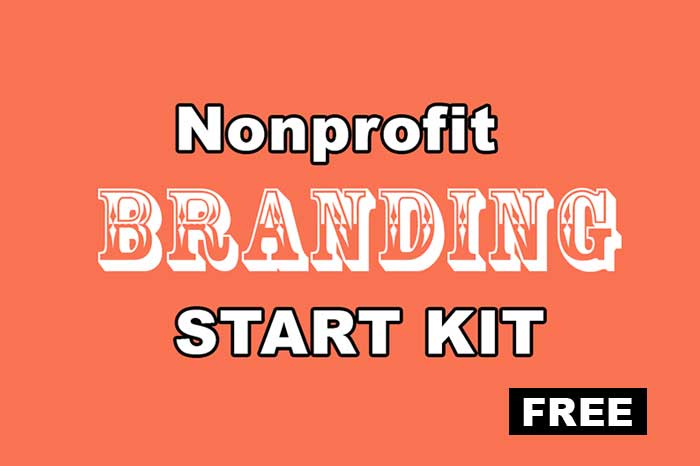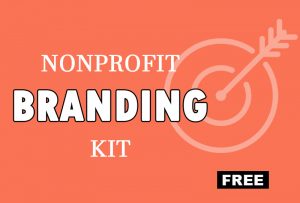How do you know what the purpose of your non-profit is? (Hint: This should be one of the first things you did when setting up your organization.)
If you answered “mission statement,” you’re right! A mission statement defines the non-profit’s purpose and helps guide everything the organization does.
Program objectives are like mission statements for each individual program. An objective lays out the purpose of the program. What do you want your audience to take away from the program? How will the program improve their lives or the world at large? This should be outlined in the program’s objective. For example, I developed a living-history program for Girl Scouts to learn about female pilots during World War II. The program’s objective is: “Participants will learn about the lives of Women’s Airforce Service Pilots by taking on the character of one of these pilots.” Like a mission statement for your organization, the objective helps guide everything that happens during the program.
Many people skip over the process of creating objectives for their programs, because it can seem a little like busy work. All you want to do is jump into planning how much fun your audience is going to have in your new program! I’ve seen this happen many times, and I’ve even done it myself. But this sets you up for failure. The following are 5 pitfalls you’re likely to encounter if you skip this essential part of the program-development process.
1. You can’t be successful unless you define success
This is the biggest problem, and the other 4 issues are very much related to it. Having a clear, measurable objective helps you define success for your program. Without a goal to meet, you’ll have no way to know if your program is working. You can’t pat yourself on the back for a job well done! Worse, if you keep throwing your energy at a program without an effective way to measure its success, you’ll eventually feel like you’re wasting time and start to burn out.
Let me give you an example: I used to teach horseback-riding lessons to kids with severe disabilities. Some of my students would make enormous strides in communication, physical fitness, or overall quality of health over a 10-week session. Others only made very incremental progress. It was easy for both me and the parents to feel like we were just stagnating. But before the session began, I’d worked with the student and their parents to develop a list of realistic goals for our time together. We could — and often did — go back to that list to see how we’d moved towards the goal. We used our objectives to track our successes, even if that success was as simple as a student learning to gently ask his horse to start walking. Without those goals, we could very easily have missed the small-but-monumental moment when the student first whispered “walk on.”
2. Effectively training staff/volunteers is more difficult
Picture this: you’re walking through a museum, admiring the artwork, when a friendly, well-meaning docent steps up. The docent holds you captive for the next ten minutes, droning on about every boring detail related to the artist’s life. Sound familiar? I’ll be honest, even as a museum professional I tend to avoid staff and docents at other museums because this has happened to me a few too many times.
Overly talkative volunteers are a common problem in non-profits, and can have a negative impact on your audience’s perception of your organization. But this, and other related issues, can be easily solved by communicating clear objectives to your staff and volunteers.
Let’s look again at the enthusiastic docent. This person understands her job to be “teach visitors about the art and artist.” Talking to you for ten minutes about a wide variety of details probably meets that criteria in some fashion — chances are good that you learned at least one fact you will remember for a few minutes. But “teach visitors about the art” is not a very clear objective. What if, instead, the docent knew her goal was “show visitors the influences of Alexander Calder’s training as an engineer on his artistic work”? The conversation she has with you would be much more focused. It would be grounded in examples from the artwork in the gallery, instead of just a lecture about minutiae from the artist’s life. You’d be more engaged in the conversation and more likely to remember something you learned. All that difference from a simple change in the volunteer’s understanding of her objective!
For even more impact, don’t just communicate the program’s objective to your volunteers. Also equip them to evaluate whether the objective is being met. With our example, an easy evaluation would be whether a visitor can point out a piece of Calder’s art that shows some engineering influence. The docent could simply ask, in the middle of the conversation, “what do you see that shows Calder’s engineering mind?” This further engages the audience and empowers the docent to self-evaluate her own success in the organization. (More on evaluation to come in a later article.
3. No community/audience buy-in
Let’s say you need to hang a shelf on the wall for your collection of Competitive Underwater Basketweaving trophies. You know your collection weighs 15 pounds. You find two shelves for sale online. For one, the product description says: “This shelf is perfect for trophies. It can hold up to 20 pounds and includes all mounting hardware necessary for hanging on the wall.” The second product description just says “Beautiful White Shelf.” Which one are you going to buy?
Hopefully, you would buy the first option. Why? Because you know it is designed to meet your needs. You have no idea if that “White Shelf,” no matter how beautiful, will help you reach your goal of displaying the trophies you worked so hard to earn.
The same idea applies to programs. Your potential audience wants to know that your program will help them meet some personal or community goal (whether that be learning something, protecting the environment, improving health, or something else entirely). Unless you can prove that your program’s objective lines up with your audience’s needs or desires, you are going to have a very difficult time getting any sort of investment from them, monetary or otherwise.
4. Grants and funding are harder to get
Speaking of monetary investment: if you are ever looking for a grant to fund your program, you will need an objective. Granting organizations like to see clear, relevant objectives for programs they fund. Often, you need to provide evidence of meeting your objectives (or making progress towards the objective) at the end of the grant period. If you don’t have an objective, you can’t prove that you met it — and even if that’s not required, not being able to show progress will severely hurt your chances of getting another grant from that organization in the future.
You may be thinking, “But I’m not looking for grants for this program. Why do I care?” Several years from now, if you’re doing well, you may need to look for more funding sources to meet demand for your program. In that case, it will be easier to win grants if you can show consistent ability to meet clear, relevant objectives. Help your future self out — set objectives today.
5. The program can drain your organization
Sometimes, a program runs its course. It gets stale. The community moves on. Your organization changes directions. But often, these programs stick around anyway. Maybe it was the executive director’s pet project and no one wants to be the person who has to break the news to their boss. Maybe people keep it going out of habit. Maybe it’s “fun” for the staff or the participants, even though it has no long-term value for anyone. Whatever the reason, these outdated programs are a drain on the nonprofit’s resources. In some cases, this becomes a fatal flaw when non-profits expend too many resources trying to maintain programs that just aren’t supporting their mission.
Without a clear objective, it’s hard to say when a program has run its course. Programs that are someone’s particular project, especially, tend to hang around long after they should be eliminated. You need an unbiased way to tell if your programs are successful, and the objective provides this. You should be consistently evaluating your programs to make sure they are meeting the objective for the individual program, supporting the overall mission of your organization, and filling a need for your audience. If they’re not, something has to change or you’ll just be throwing resources away.
Of course, not just any objective will do. The best programs have clear, measurable objectives that meet a need in the community and support the overall mission of your organization. To find out more about program development and learn how to craft objectives for success, join our Do You Want to Build a Program? webinar series here. You’ll learn how to set up effective new programs and improve old ones by creating objectives, partnering with your target community, fostering accessibility, evaluating your program’s success, and more!















Comments are closed.
[…] you think is a great program. You’re excited, and so are your stakeholders. You set objectives (Five Program Pitfalls to Avoid), and they’re SMART ones (Set Program Objectives the Smart Way). But your objectives won’t mean […]
[…] this month, we talked about five program pitfalls you can avoid by setting objectives. If you haven’t set objectives for your program yet, now is a […]